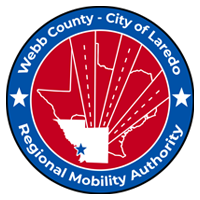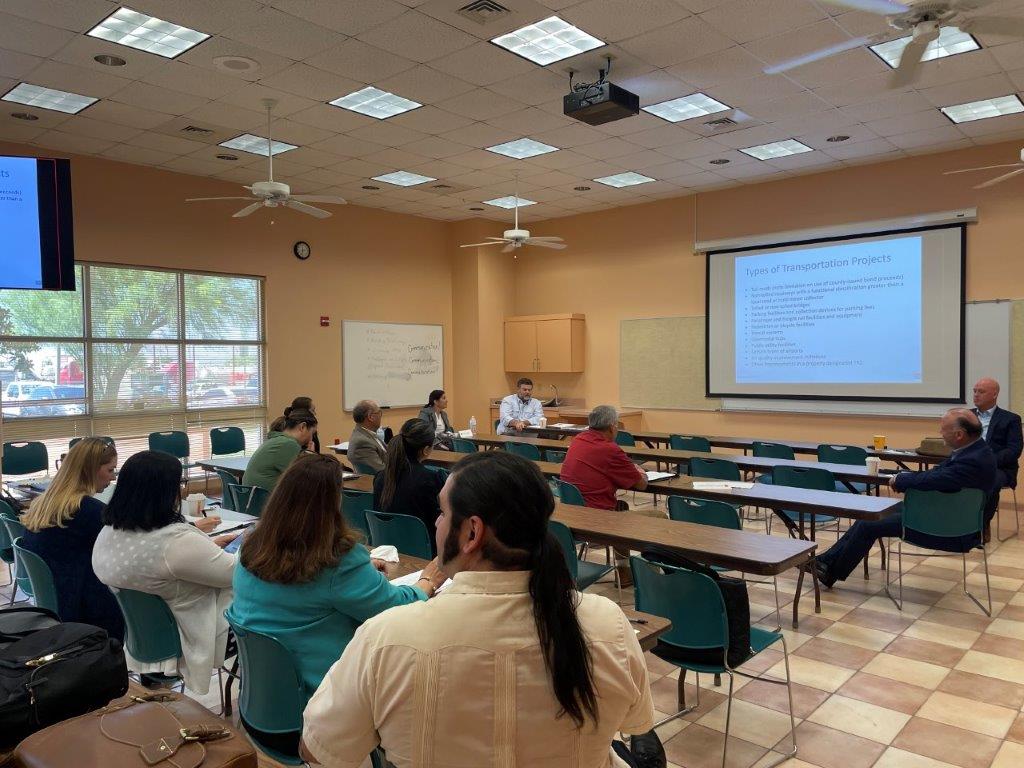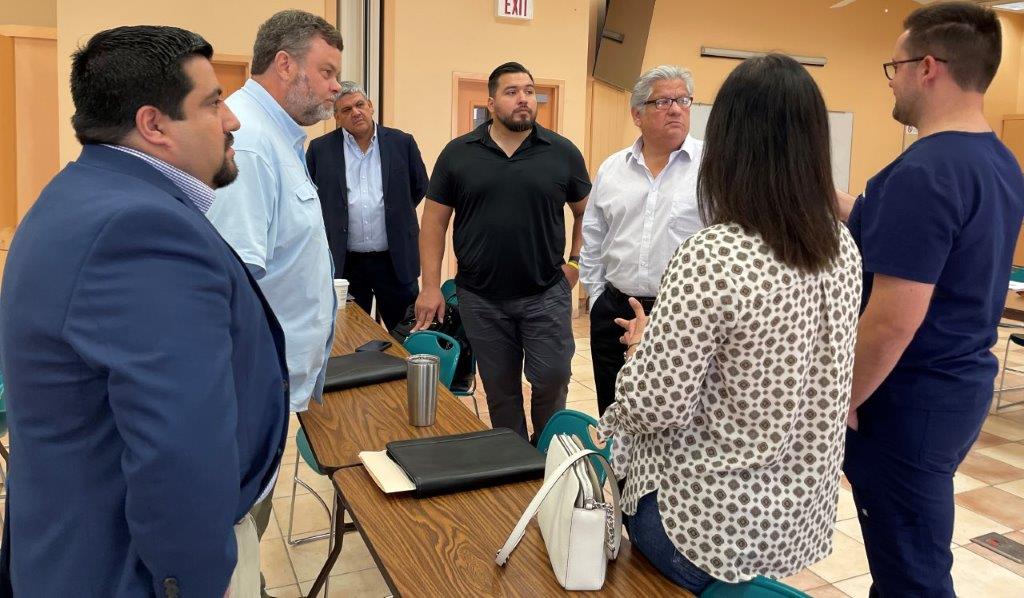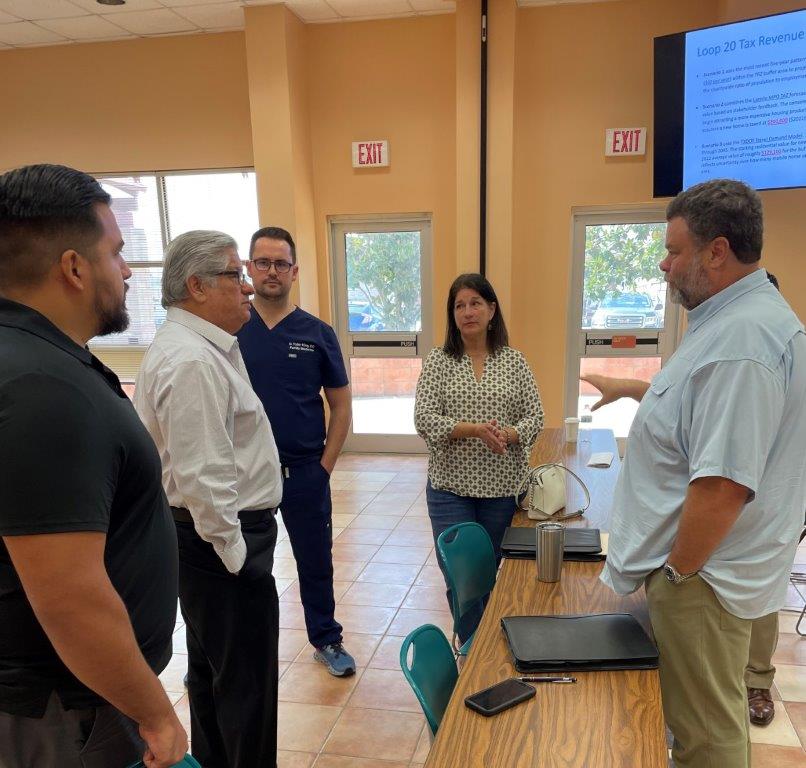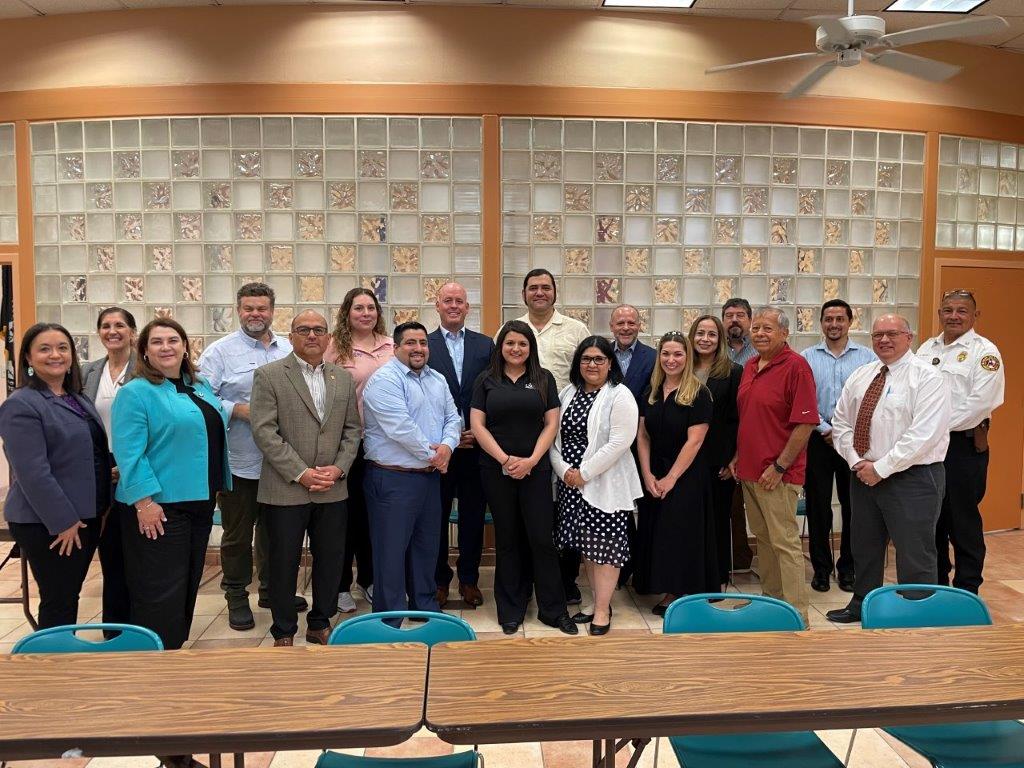Working for the future of transportation, the WC-CL Regional Mobility Authority hosted two Transportation Reinvestment Zone workshops together with local elected officials, including Mayor Dr. Treviño, Mayor Pro Tempore, Council Member Vanessa Perez, and Council Member Alyssa Cigarroa; Gilbert Gonzalez; Dr. Tyler King; and Melissa Cigarroa. The members of the RMA board collaborated with its team of consultants, specifically economist, Travis James of TXP and Brian O’Reilly of Locke Lord. Data shown informs decisions for the present and impacts the future of funding for transportation projects in Laredo, Webb County, Texas.
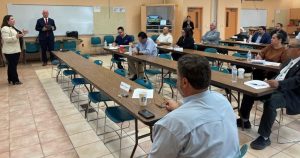
Between the two workshops, one in July and another in August, staff from the City of Laredo Economic Development, Fire, City Managers, Traffic, Planning, Bridge, Airport, Budget, and the Laredo-Webb County Area Metropolitan Planning Committee were present during the workshops. Additionally, members of the WC-CL RMA innovative financing committee, Robert Morris, and partner organizations from the private sector, including representatives from Crane Engineering and Killam Development, attended. The workshop first covered the definition and uses of funds derived from a Transportation Reinvestment Zone. The following discussion covered the next steps to implement the Cuatro Vientos TRZ and the development of a TRZ study for north Laredo.
According to O’Reilly, of Locke Lord, Transportation Reinvestment Zones (“TRZs”) are an innovative tool for generating funding by capturing and leveraging the economic growth that results from a transportation project. Development of new projects and the expansion or improvement of existing projects, often spur increased economic development in areas around a project. This economic development can be in the form of the construction of new homes and businesses in previously undeveloped areas or through the redevelopment of existing areas, which, as a result of a project, experience improved access to homes and businesses. As development or redevelopment occurs, property values in those areas increase. A TRZ allows a municipality, county, or port authority to designate a geographic area around a transportation project and to capture the increase in ad valorem tax revenues resulting from the increase in property values for use in connection with the financing of the project. In this manner, the economic growth attributable to the project is used to support the funding of the project. It is important to note that a TRZ does not result in a tax increase – it is merely a specific dedication of the incremental tax revenues generated within the boundaries of a TRZ.
The WC-CL RMA and the City of Laredo collaborated on a TRZ study for south Laredo along the Cuatro Vientos/Bob Bullock Loop 20 corridor, and they also reviewed the findings of this study during the workshops. The results were initially presented to the Laredo City Council https://www.cityoflaredo.com/government/agenda-minutes in November 2022. The results of the study can be found at https://webblaredorma.org/studies/loop-20-south-transportation-reinvestment-zone-trz-study-and-update-study-from-us-59-to-the-rio-grande-completed/.
The workshop format allowed for interactive discussion and dynamic learning with Chair Jed Brown, James, O’Reilly and General Engineering Consulting firm, LJA, Melisa Montemayor, Project Manager for the RMA to take questions from and provide information to the members of the staff and City officials. The workshop wrapped up with a discussion about the possibility of studying a north Laredo area to determine the potential for a TRZ in and around the FM 1472/Mines Road corridor.
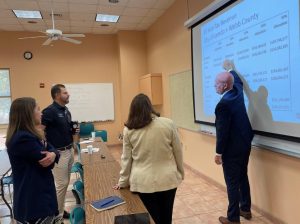
There were various points for City officials to consider, including the possible implementation of a TRZ. Aside from the steps to implement, they were also considering the types of transportation projects that any future TRZ funds could be used towards, including, but not limited to:
. Toll roads (note limitation on use of county-issued bond proceeds)
. Non-tolled roadways with a functional classification greater than a local road or rural minor collector
. Tolled or non-tolled bridges
. Parking facilities and collection devices for parking fees
. Passenger and freight rail facilities and equipment
. Pedestrian or bicycle facilities
The City of Laredo officials stated that they would be considering implementation and are looking to the next steps in the process. The Webb County-City of Laredo RMA will continue collaborating with City staff and officials to assist and have pledged funding to initiate the possible study for north Laredo.
